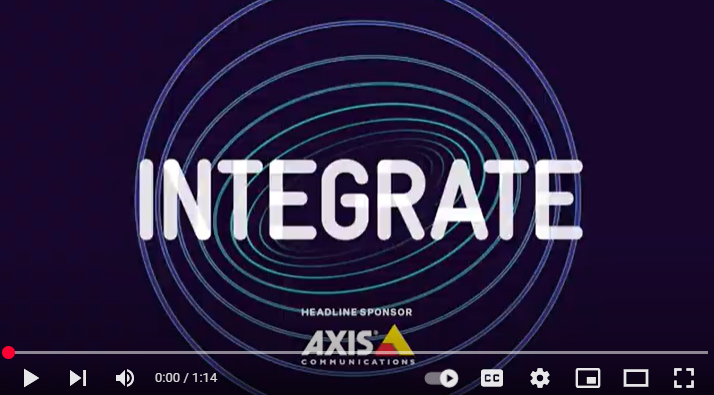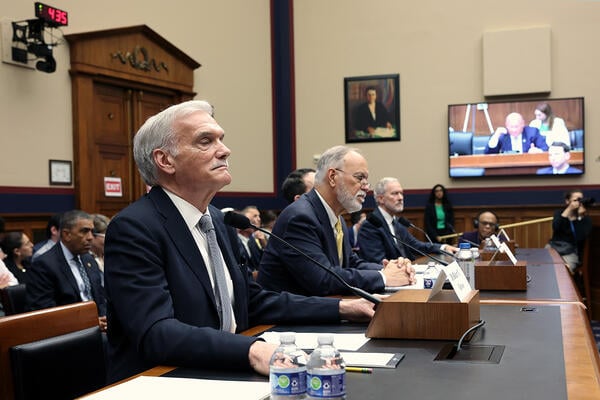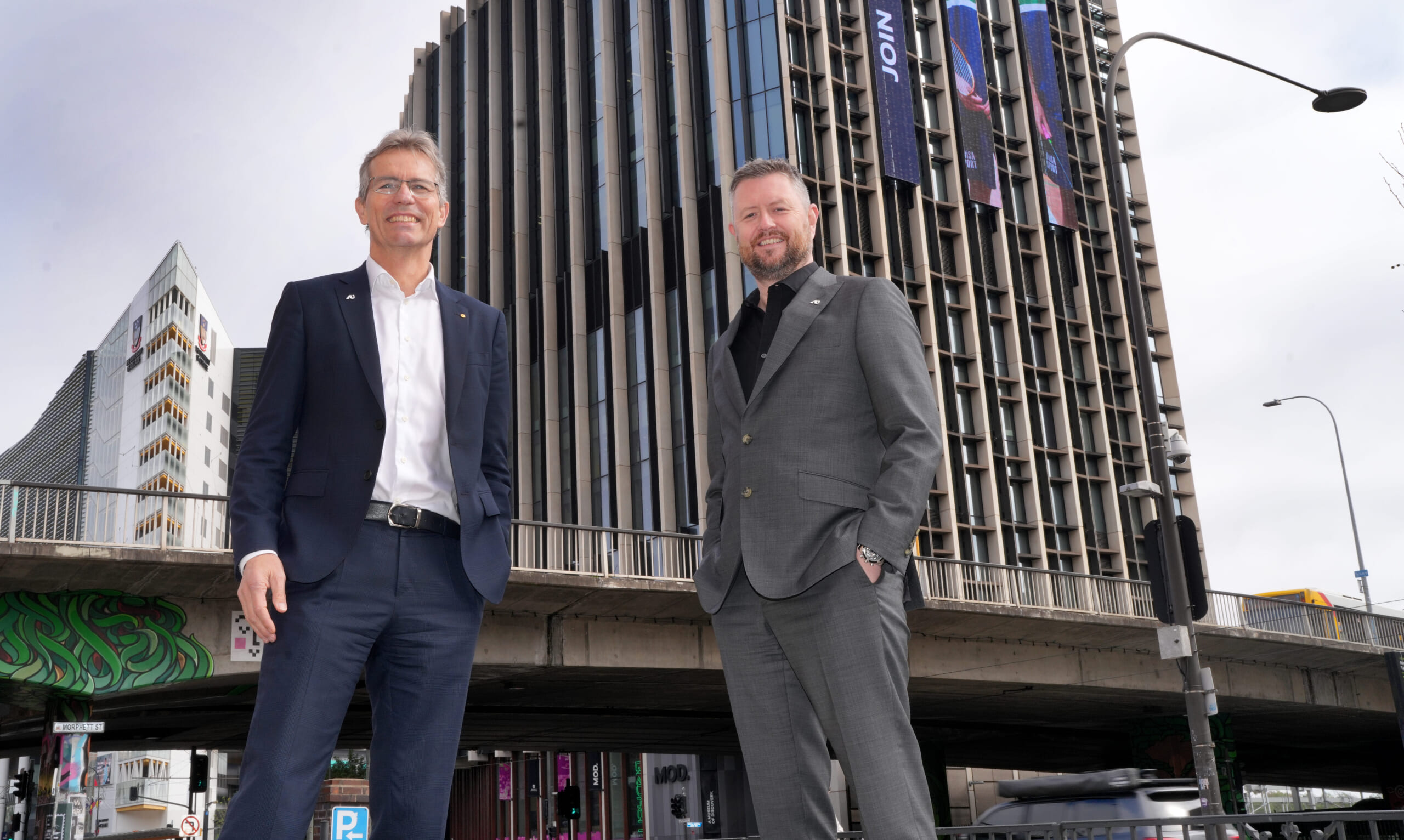Are you ready to transform your institution’s learning landscape?
In an era where technology constantly reshapes the classroom, keeping pace with the latest innovations isn’t just an advantage – it’s a necessity
From vice-chancellors to technical support staff, leaders across higher education are grappling with the challenge of creating dynamic, intuitive and effective learning environments that truly empower students and educators.
The rapid evolution of AV technology is at the heart of this transformation. Interactive displays, immersive virtual reality labs, sophisticated lecture capture systems, and intelligent campus-wide AV networks are no longer futuristic concepts; they are the bedrock of modern education.
Yet, staying informed about these advancements, understanding their practical applications, and integrating them seamlessly into existing infrastructure can feel like a monumental task.
How can your institution harness these tools to foster collaboration, enhance engagement, and prepare students for a technologically driven future?
This is precisely why this year’s Integrate, Australia’s leading audiovisual and integration tradeshow, is once again set to be an indispensable event for anyone involved in higher education.
More than just an exhibition, Integrate is a curated experience designed to demystify complex AV solutions and demonstrate their tangible impact across various sectors, with a significant focus on education.
Integrate is where innovation comes to life
Australia’s premier annual AV and integration trade show, Integrate serves as the central hub for local and global brands to showcase their latest solutions and products. This year it runs from August 27-29 at the ICC Sydney, and exhibition registration is free.
Walking the Integrate exhibition floor is like stepping into the future of technology. You’ll encounter hundreds of leading companies – from established giants like Crestron and HP Poly to emerging innovators – all demonstrating cutting-edge advancements that will transform your learning environment.
Collaboration technology
Discover unified communication platforms, advanced video conferencing tools, and interactive displays that foster seamless communication and teamwork, whether in a hybrid classroom or across a global research network.
Audio technology and equipment
Explore the latest in sound reinforcement, acoustic design, and intelligent audio systems that ensure every lecture, presentation, or performance is heard with crystal clarity.
Digital signage
See how dynamic digital displays are transforming campus communication, wayfinding, and interactive learning experiences.
Networks and AV-over-IP
Understand the foundational shift towards AV over IP and how robust high-speed networks are enabling flexible and scalable AV solutions across your entire campus.
Smart buildings
Learn about the integration of AV into smart building automation, creating intuitive and energy-efficient spaces that respond to user needs.

Technology built for education
Beyond the vast exhibition, Integrate and the Audiovisual and Educational Technology Management (AETM) Association proudly presents the AETM K-12 Conference on the first day of Integrate.
This dedicated stream is specifically tailored for the education sector. While its title specifies K-12, the insights, case studies, and technological showcases are profoundly relevant and applicable across all levels of education, including the nuanced demands of universities and higher learning institutions.
It’s an opportunity to delve into specific challenges and solutions pertinent to creating agile, future-proof learning environments.
Imagine a space where you can:
- Discover groundbreaking AV technologies: See firsthand the latest interactive whiteboards, advanced projection systems, robust campus AV management platforms, and collaborative tools that are redefining learning spaces.
- Gain actionable insights: Hear directly from industry experts, leading educators, and technical specialists who have successfully implemented cutting-edge AV solutions in real-world educational settings. Learn from their successes and challenges.
- Network with peers: Connect with hundreds of like-minded professionals – all focused on enhancing educational delivery through technology. Share experiences, discuss challenges, and forge valuable partnerships.
- Experience practical demonstrations: Move beyond brochures and see how these technologies operate in live environments, understanding their potential applications within your own institution’s lecture halls, labs, and collaborative spaces.
View the agenda and purchase tickets for the AETM K-12 Conference here.

Security and safety
This year Integrate is co-located with the Security Exhibition & Conference, further enhancing its value by showcasing the convergence of AV and security technologies – a crucial aspect of integrated campus solutions.
This strategic partnership offers a holistic view of how intelligent AV systems work hand-in-hand with AI-powered security solutions to create truly integrated, safe, and efficient environments.
Don’t let your institution fall behind in the race for educational excellence. Equip yourself with the knowledge and tools to create truly seamless learning environments that foster innovation and prepare the next generation.

Ready to shape the future of learning?
Visit the official Integrate website here to explore the full program, purchase education tickets, view the list of hundreds of exhibitors, and secure your registration for this essential event. Don’t miss your opportunity to connect with the forefront of educational AV technology and unlock limitless potential for your institution.
Integrate runs from August 27-29, 2025, at the ICC Sydney. Exhibition registration is free.
Do you have an idea for a story?
Email [email protected]












